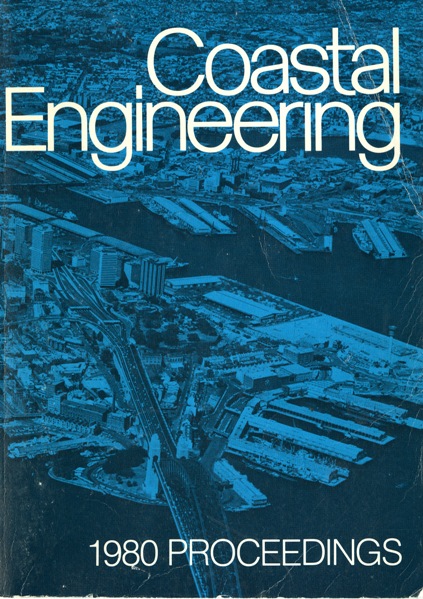Abstract
For most of the needed studies for the design of Calais harbour enlargement works, the "Laooratoire National d'Hydraulique" chose to use numerical models. This approach includes the determination of currents around and insiae the new outer-haroour, just as the evaluation of the project sedimentologic impact and of the long-term evolution of a bank nameo "le Riaen de ia Rade", edging the access channel. Current studies were performed using four nested bidimensionnal computer models fitted on field data and supplying in eac;i point the depth-averaged velocity and the total water height. These four models are based on an implicite finite difference fractionnal step method. Besides for the very near field model the method is especially elaborated to enable' the detailed reproduction of eddies and flow separations. The sedimentological numerical study is based upon current models results : the bed-load transport is computed from the depth-averaged velocity and the water height previously determined using an empirical formula, and tne continuity equation applied to this loaa transport gives then the bed evolution. As soon as the depth variation is significant enough to react on the flow pattern, current fielos are readjusted oy a simple metnod based on flow continuity equation. This numerical model, applied to the near fielo, has given an evaluation of the sedimentological impact of the haroour enlargement project : - strong erosion in front of the new harbour due to current strengthening ; - accretion on each side of this erosion area, especially in the channel ; - bar formation at the harbour entrance.
Authors retain copyright and grant the Proceedings right of first publication with the work simultaneously licensed under a Creative Commons Attribution License that allows others to share the work with an acknowledgement of the work's authorship and initial publication in this Proceedings.

